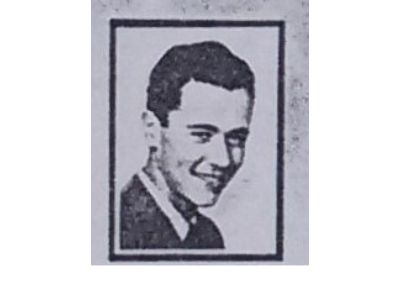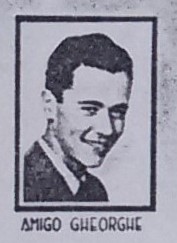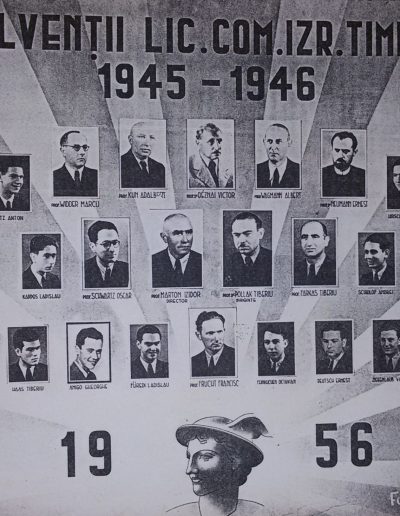Tomi Laszlo
Gyuri Amigo and I became friends during the period when we worked together in the work detachment from "Baia Garnizoanei" located behind the Military Hospital from Timişoara. He was an intelligent, nice boy and a good co-worker. Our mission was to turn one of the remaining casemates of the fortress into an anti-aircraft shelter for the army's territorial command. For this purpose, we reinforced the roof of the casemate with a reinforced concrete slab to which we were to add an additional layer, composed of stone blocks consolidated in cement.
On the morning of July 2, 1944, master Taub, the foreman, sought volunteers to transport the stones from the warehouse near ILSA. It was quite hard work, because we had to load some stone blocks of about 10 kg each, but I introduced myself and tried to convince other friends to come, because it was an opportunity to "get out of the yard". So the air alarm found us near ILSA, where we took refuge in ditches and from there we watched the group of American bombers flying over the city. There were about 70 bombers flying quite low, because there are no air defenses, no cannons, no fighter jets. We listened with horror to the explosions of bombs that kept approaching us, but which stopped before they reached us. After the bombing was over, we returned to the site with the carts loaded. That's when I found out the tragic news: one of the last bombs fell in the immediate vicinity of the casemate, between two anti-aircraft trenches that it crushed. The boys in the other ditches immediately jumped with hoes and pickaxes to dig up the ditches they touched, but failed to save the 30 people who died by suffocation. Among the victims were 20 soldiers who took refuge from the Military Hospital and 10 boys from our detachment. Gyuri, who did not come with us to transport stones, was among them.
Characteristic of that period: in the shelter we built, which was a few meters from the bomb, no one was harmed, but only a few high-ranking soldiers had taken refuge there. Neither the workers of the Jewish detachment nor the soldiers in the hospital were admitted, although there was enough room.
It is interesting to note that one of those who came with me to the warehouse near ILSA was Gyuri Kurtág, who later became one of the important musical personalities of today.
Anti Shlomo Katz
In our class only one student was older: Gheorghe Amigo (Amigo Gyuri). He was forced to dig trenches that served as a shelter, not far from Liberty Square, where tram 5 to Mehala was. There was also the military hospital and not far away was or still is the railway that passed from the Great Station from Josephine to the Small Station from Fabric.
On July 4, 1944, Timișoara was bombed by American planes. Their target was the Great Station and they destroyed the railway line. Our former colleague entered a trench with a few more soldiers and was unlucky that a bomb exploded right there. I think he was the only student who died in this bombing. His photo appears with the graduates of the commercial high school, framed in black. He was the best student.
Bubi Aroesti
A bitter memory is the tragic and premature death of our classmate at the Israelite Commercial High School. On the morning of July 4, an American bomb (in this bombing the station was completely destroyed) ended the life of our 18-year-old friend. There was mourning in the city, not to mention the pain of losing our friend, it took us a long time to come back.
Gyuri was a year older than us. In 1944 we were students in the 7th grade of high school, the teacher being Dr. Polak Tiberiu, the accounting teacher. The director was Dr. Izidor Marton, nicknamed Somma. Gyuri was an only child, his father was a merchant, they lived in Josephine.
I remember the graduation chart, unfortunately I lost it.
Gyuri Amigo z''l will remain in our memory forever.
Riki Friedmann
I met Amigo Gyuri, the poor man, he perished. After the war, I worked with his mother in a factory.


